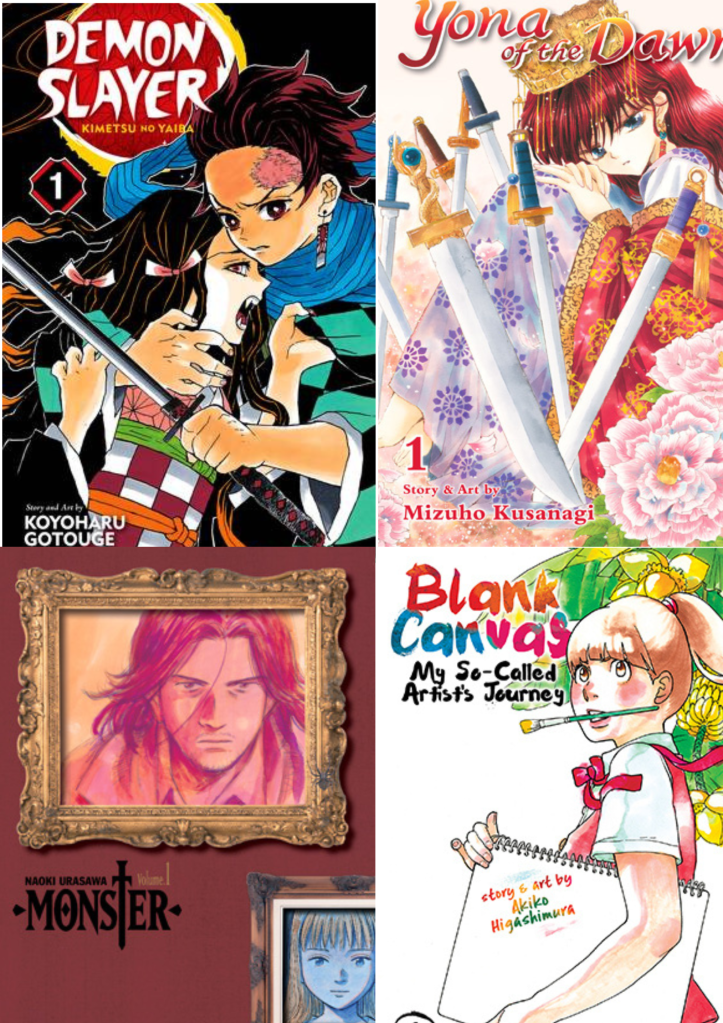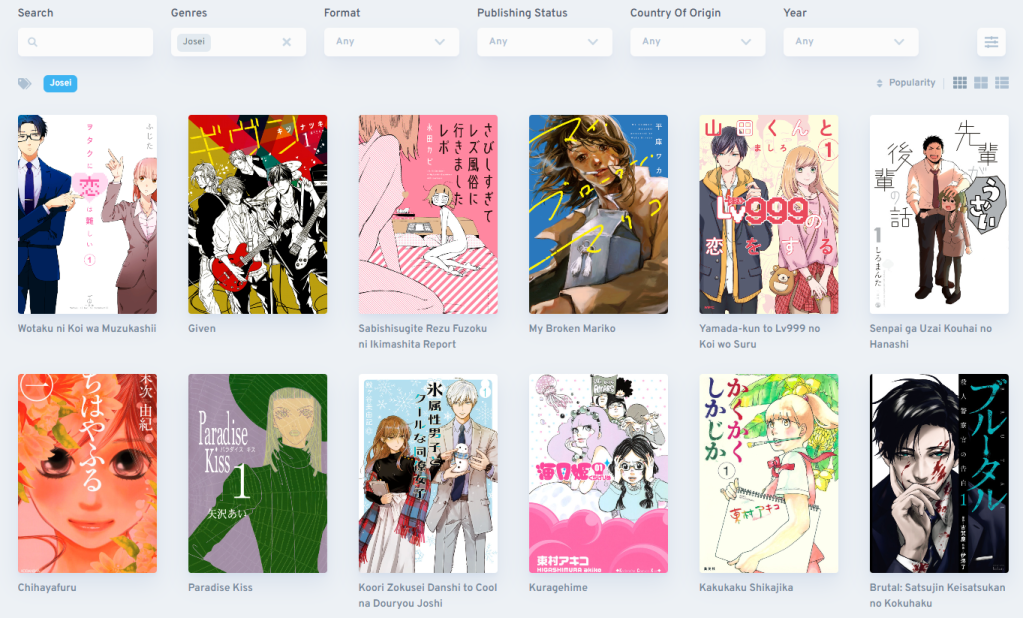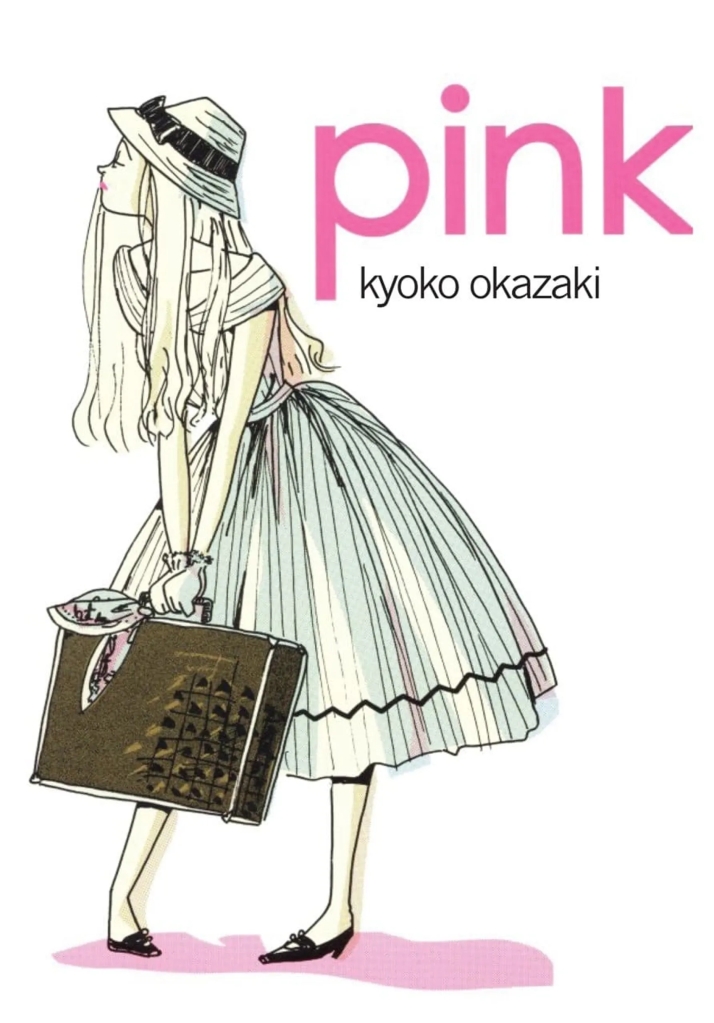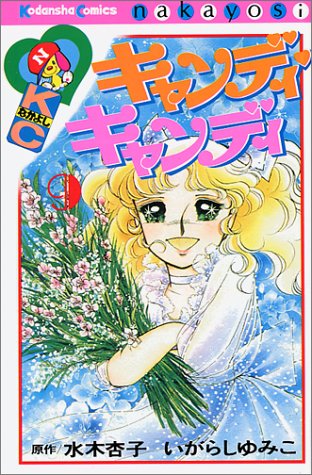There are two different stages of reading manga: when you’re just getting into it, and when you love it. That applies to all media of art, but how to proceed with either stage can differ from medium to medium. With film, I normally go through aggregate top lists and select a film based on how cool I think the poster is. It is an action that exposes both my pretension and my base impulse, but it nets me the results I like. Ultimately, figuring out a system that leads you to the works you care about is what’s important.
In that regard, my suggestions may not apply to you 100% of the time. This is more of an examination of my methods, which can hopefully inspire you to figure out your own. I consider myself an avid manga reader, and have been able to cultivate a consistent hunger for the medium. I’m always in the process of reading something new, so my hope is that this can help, even if it’s just one person.
Note: This post will not encourage any means of illegal manga consumption. The means for it do exist, but my blog neither condones nor denounces it. The bulk of this post will be geared towards the selection process for manga, and the reading process will list out resources that may help others find legal ways to read.
For beginners, it will help to consider your own personal preferences and biases based on other media. Are you a fan of action, romances, or dramas? Do you enjoy works made for younger audiences or are you looking for material geared towards an older audience? This will tie into my first recommendation: understand and choose a demographic. These are categorical divisions that market manga based on binary sexes and age. Shōnen manga are made for younger male audiences, typically boys from the ages of 8 to 15. Shōjo manga are made for younger female audiences with an age range that mirrors that of shōnen’s. Seinen manga are for older male audiences, and Josei manga are for older female audiences.

Granted, I fully acknowledge that demographics are becoming obsolete. There are many shōnen manga that have seinen content, and many shōjo and josei mangaka are moving to seinen publications. However, as a beginner, starting at this point will still net better results than wandering aimlessly across the medium. Following trends and popular works may end up alienating you, especially if you’re not a fan of action or romances geared towards boys.
After selecting a demographic, either search for a list of its top manga or go to a database site like AniList or MyAnimeList to search through the demographic’s tag (more on that later.) The best way to pick a manga from there is to just do it. Don’t overthink it. Grab a random manga from the top section and read. See if it speaks to you. If it doesn’t, I would still recommend trying another manga from that list. This will confirm two things. Is this the correct demographic for you or does the format of manga not appeal to you? Either way, you’ll learn more about yourself and what you are into.

If you find the demographic you like, stick with it for a while. Don’t rush into other genres or demographics. Establish a joy for the process of reading. Look forward to seeing the next chapter of a manga you’re keeping up with. When I started, I was a diehard shōnen fanboy. I read 5-6 different shōnen manga a week, mostly from the acclaimed magazine Weekly Shōnen Jump. It was part of my weekly routine. If you can read enough to effortlessly make it a part of your routine, then you are ready for the next stage.
This is often the stage where many readers plateau. There is nothing wrong with finding the kind of manga you like reading and sticking to just that. That’s a perfectly valid way of engaging with the medium. However, if you’re like me, and you want to see what else is out there, then you must radicalize. It starts with picking a great work from a different genre or demographic. Personally, I found it easier to move from shōnen to seinen. I started with the works of Naoki Urasawa and Makoto Yukimura. I developed a hunger for storytelling and drawing conventions that were outside the norm for shōnen. In time, I grew to read josei and shōjo too.
My radicalization point with shōjo was when I discovered my love for 1960s-1970s works. Stuff like Candy Candy and Dear Brother. As for josei, it was my introduction to mangaka like Akiko Higashiura, Kyoko Okazaki, and Nanae Haruno. A fair amount of curiosity is important to move on to the next step. You have to be open-minded to the new demographics, which will require giving up some of the biases and preferences developed earlier. This is the difficult hurdle that many casual manga readers opt out of.


An open mind will lead to joy. The joy of understanding a different genre, a different way of creating art. If you’re able to foster that, then you’ll be able to move forward. But where? Where to next? Well, anywhere. This is where you can consider your mood and pick something accordingly.
My personal process is that I decide on a genre or a tag based on a gut feeling. Maybe I want seinen. Maybe I want historical. Maybe my mood is sci-fi. Doesn’t matter. Just follow that mood, go to a manga database site, then search for the tag/genre. Once it loads up, my top priority when selecting a manga is if it has an interesting cover. You could search through forums or videos looking for “the best of the best,” but you can also find gems by reading whatever makes your eyes sparkle.
Don’t be afraid to be basic or pretentious or whatever. Read what you want without factoring in how others may view your taste. What’s important is that you have your own taste and a drive to pursue it. Evolve in the ways you want. I used to go through endless lists of noteworthy manga, but now I just pick whatever I think looks pretty. I’ve found some amazing works by just doing that.
There are a few resources that could help you scour for potential reads. The Twitter account @MangaMoguraRE showcases almost every new publication or volume released in the manga industry, as well as tagging if the work is available in English or other languages. Following manga publishers or industry workers may also increase the amount of manga you come across.
While it may be antithetical to my advice to search for your own taste, I can also provide a few recommendations per demographic for those looking for some jumping-off points. However, be aware this is more reflective of my taste and might not suit you.
Shōnen
- Slam Dunk by Takehiko Inoue
- JoJo’s Bizarre Adventure by Hirohiko Araki
- Fullmetal Alchemist by Hiromu Arakawa
- Death Note by Takeshi Obata and Tsugumi Ohba
Shōjo
- Red River by Chie Shinohara
- Yona of the Dawn by Mizuho Kusanagi
- Wake Up, Sleeping Beauty by Megumi Morino
- The Rose of Versailles by Riyoko Ikeda
Seinen
- 20th Century Boys by Naoki Urasawa
- Dorohedoro by Q Hayashida
- Solanin by Inio Asano
- Vinland Saga by Makoto Yukimura
Josei
- Pink by Kyoko Okazaki
- Nodame Cantabile by Tomoko Ninomiya
- Soshite, Hare ni Naru by Kirin Tendou
- Run Away with Me, Girl by Battan